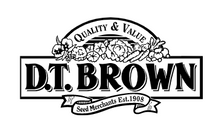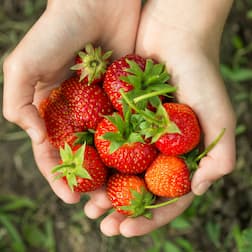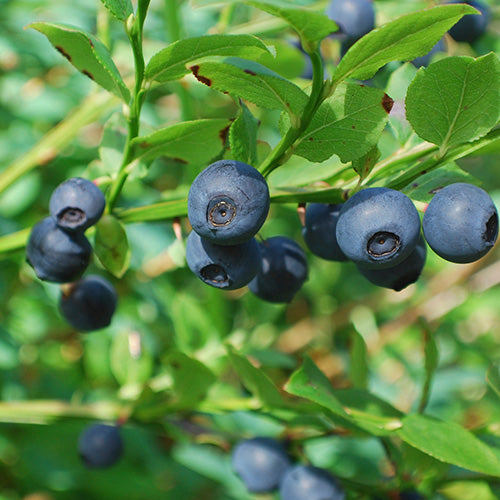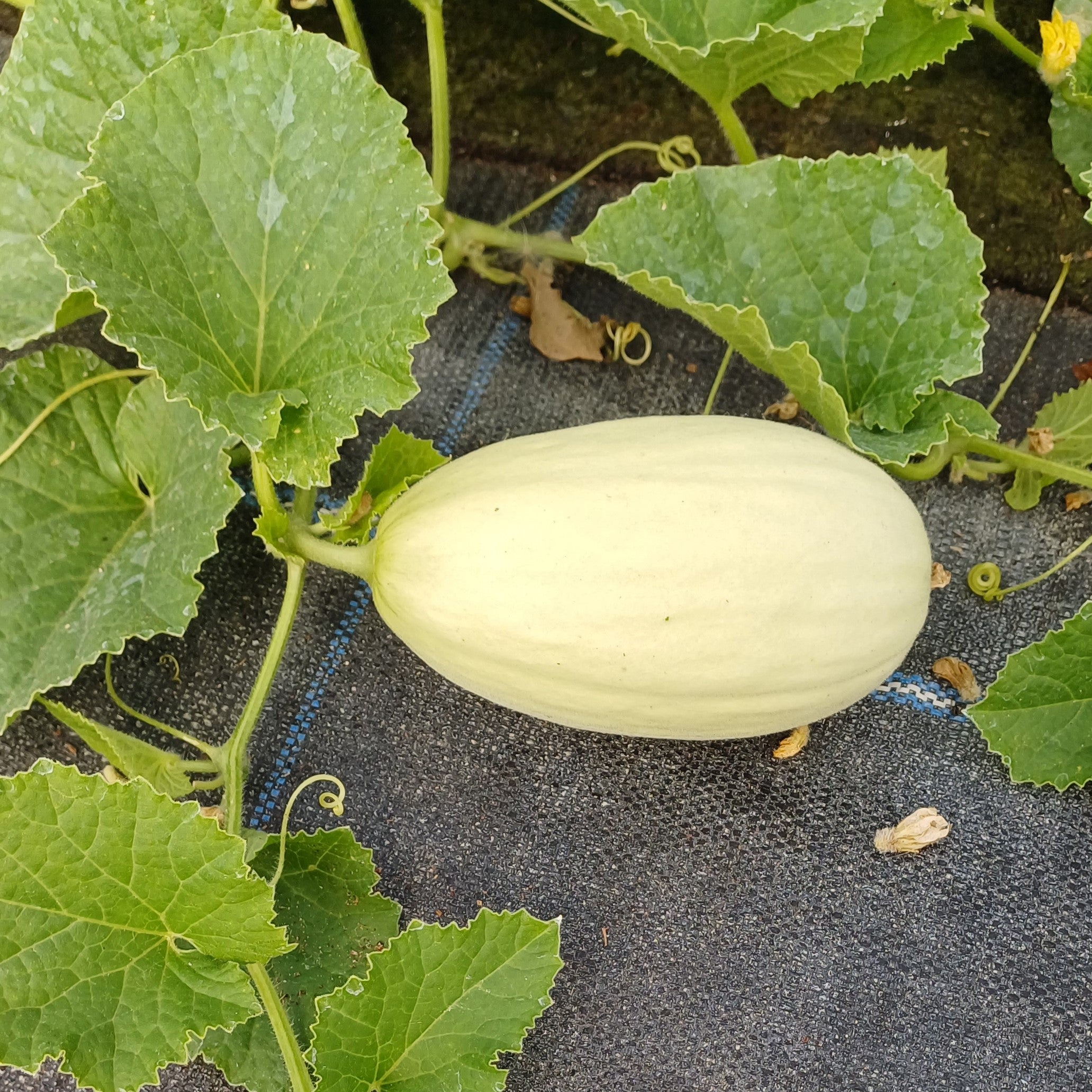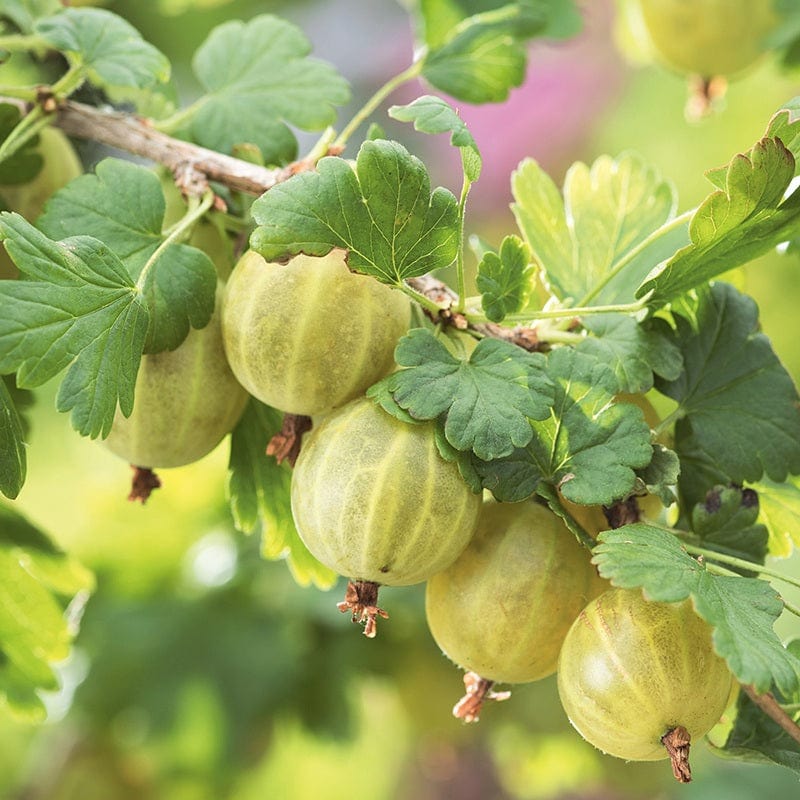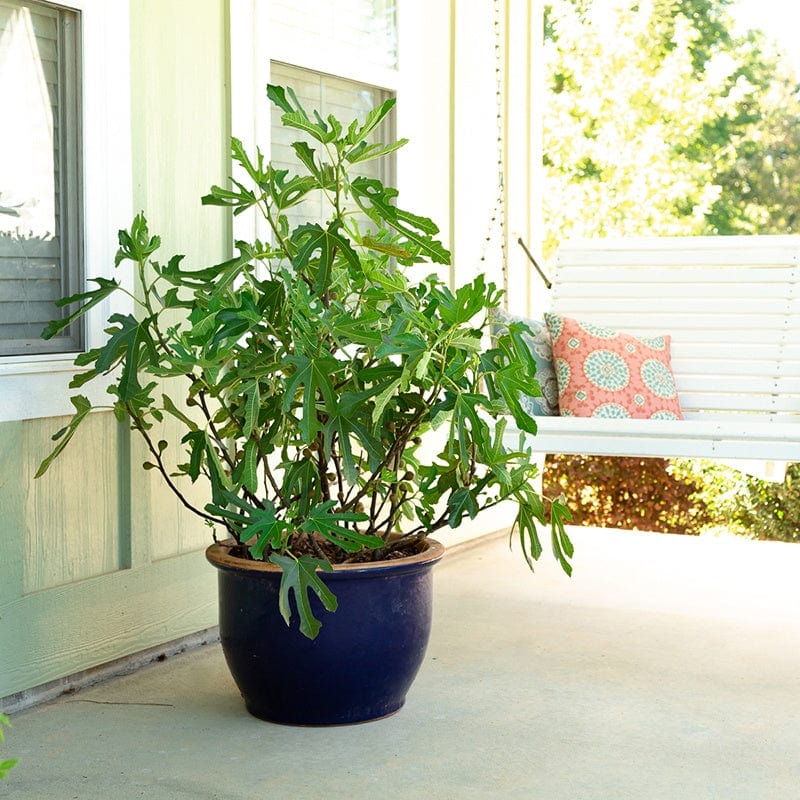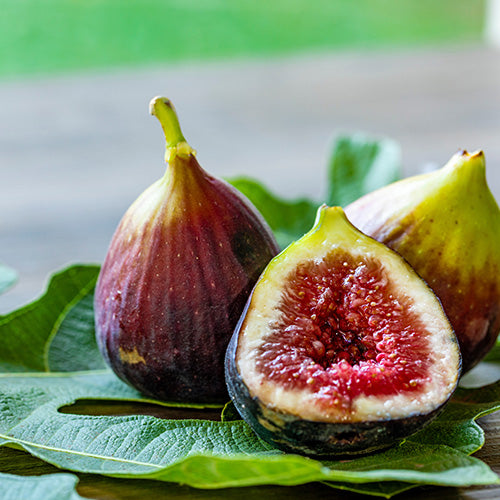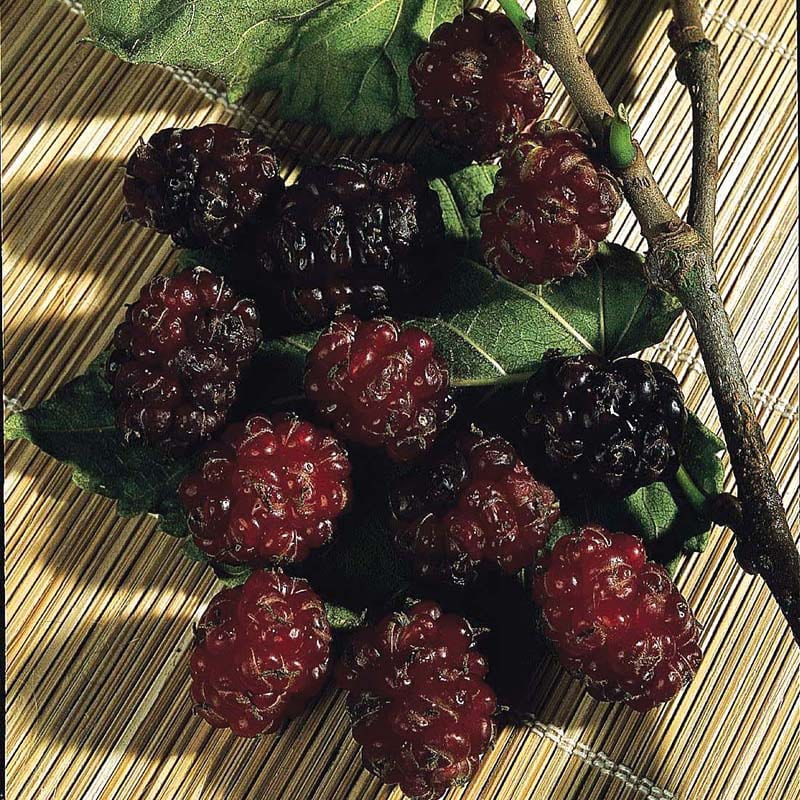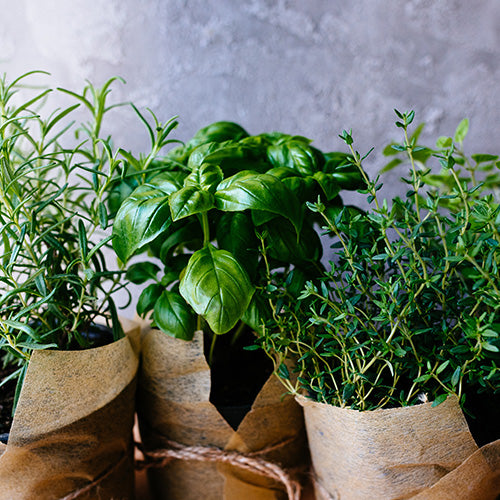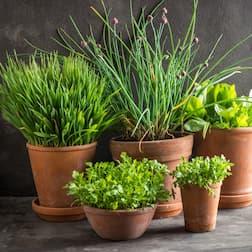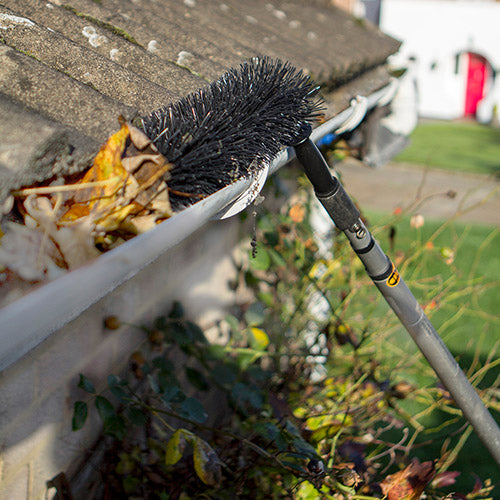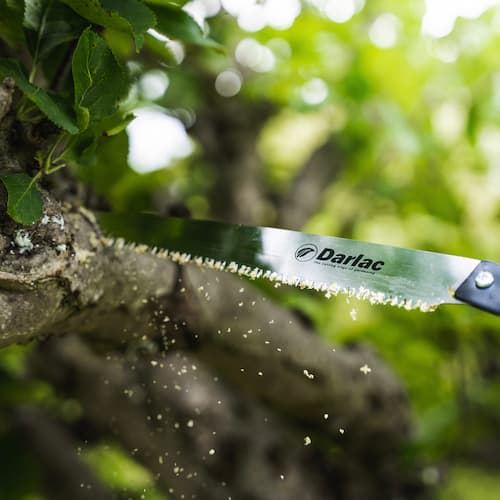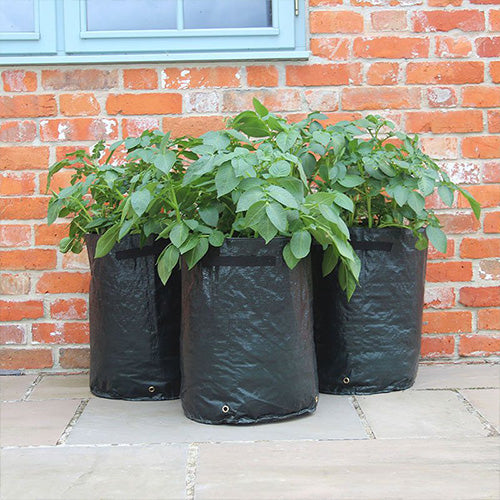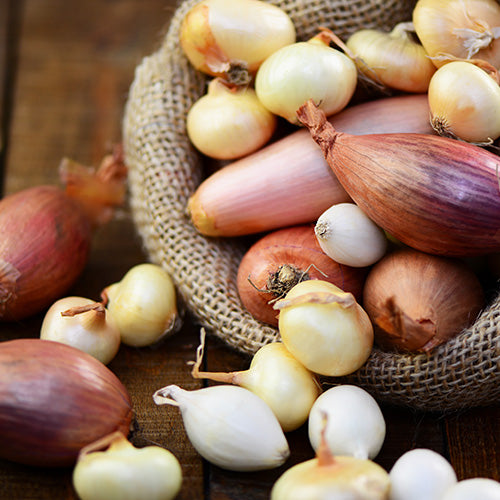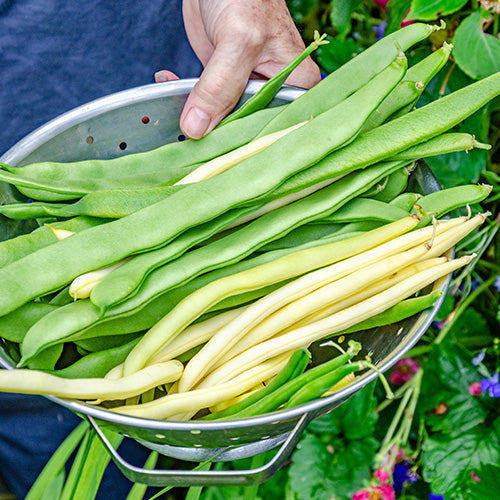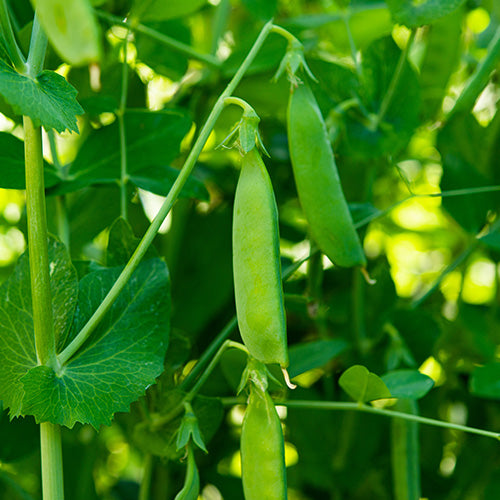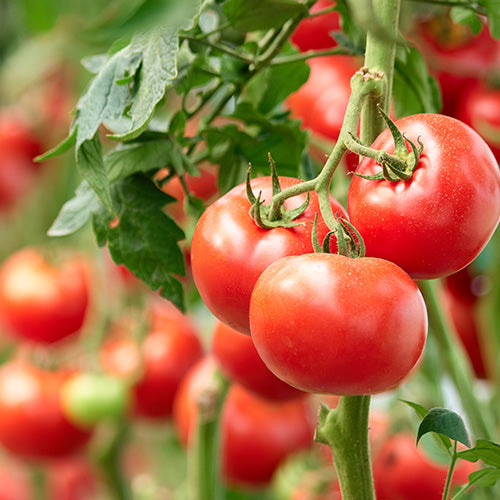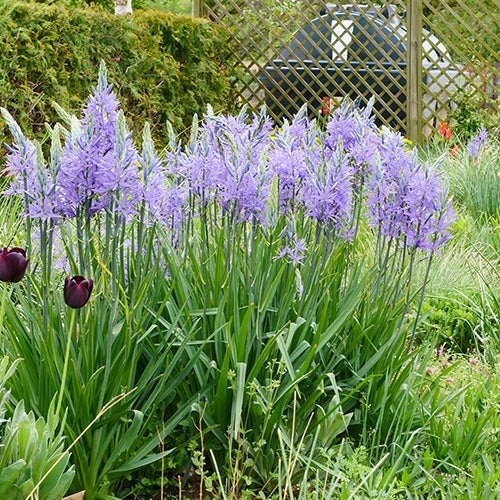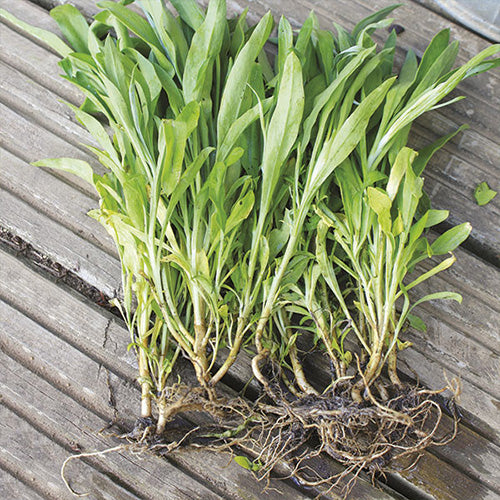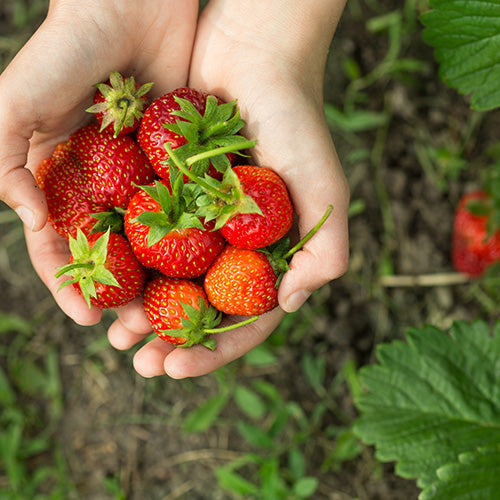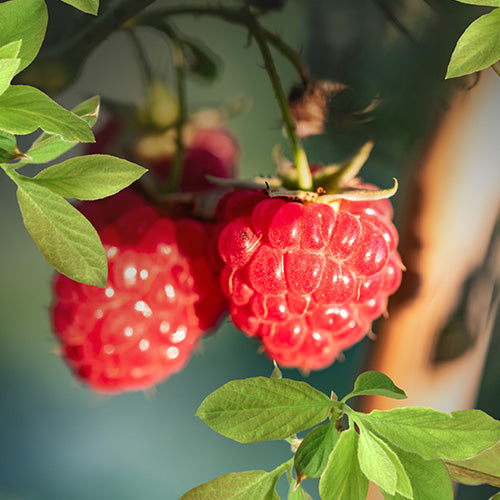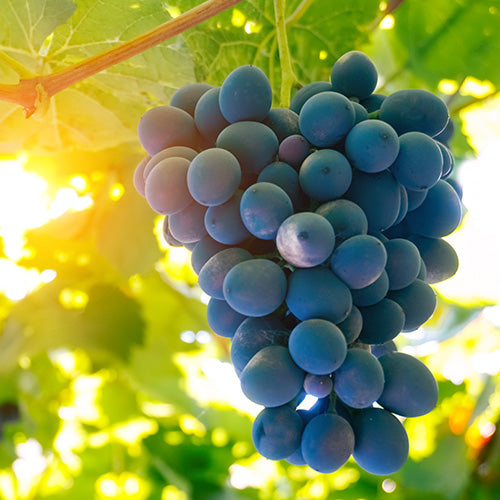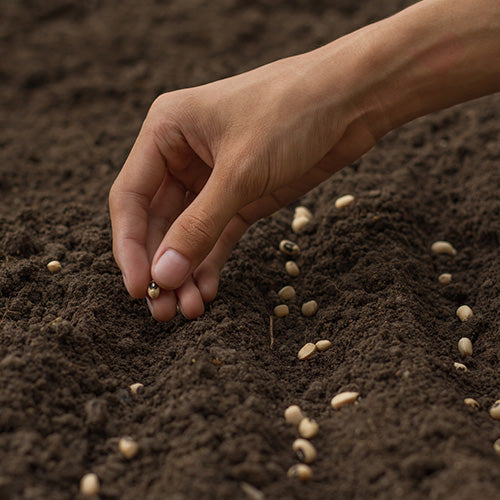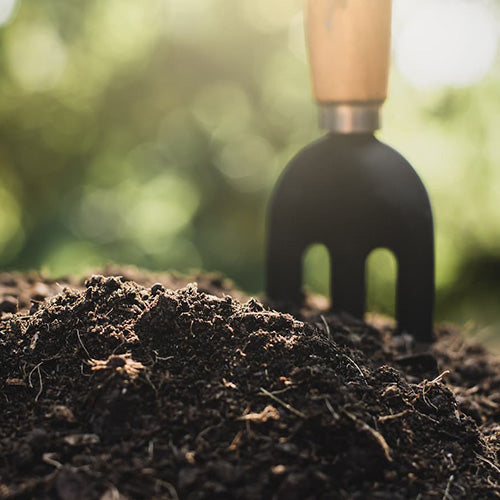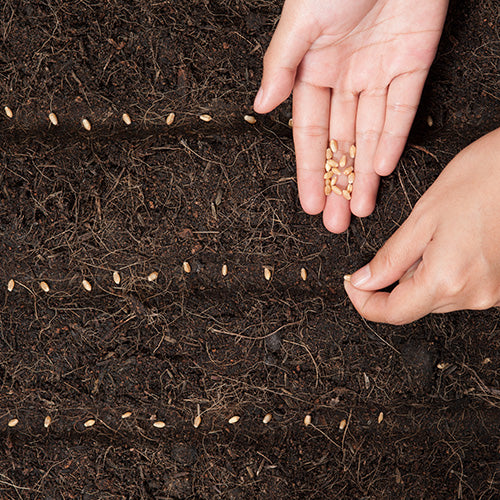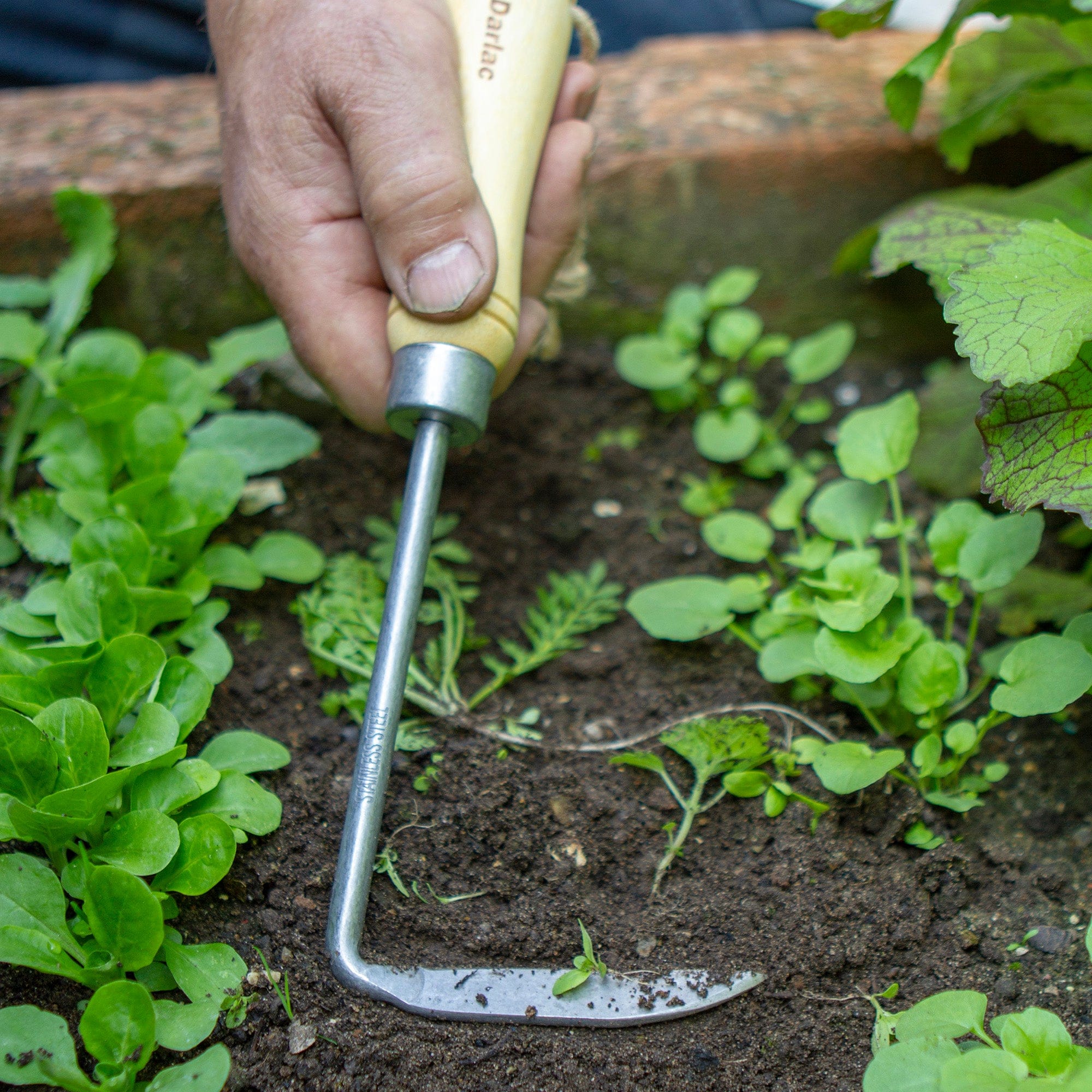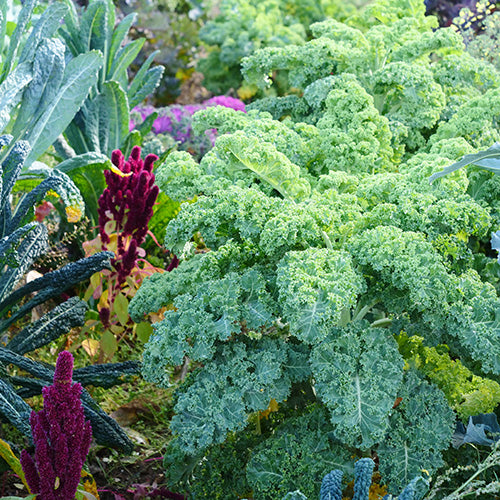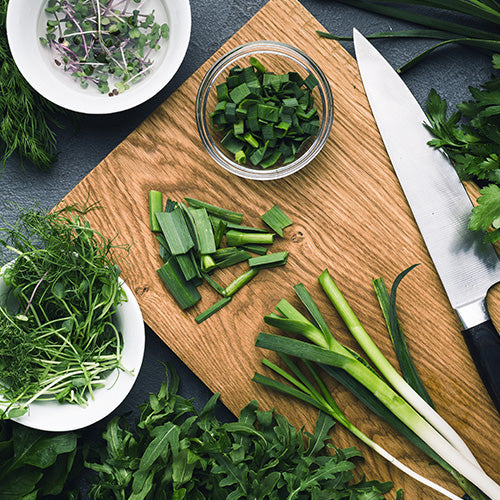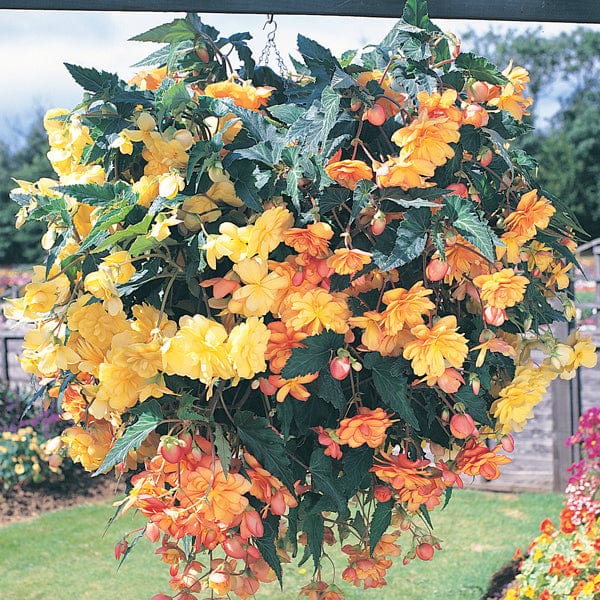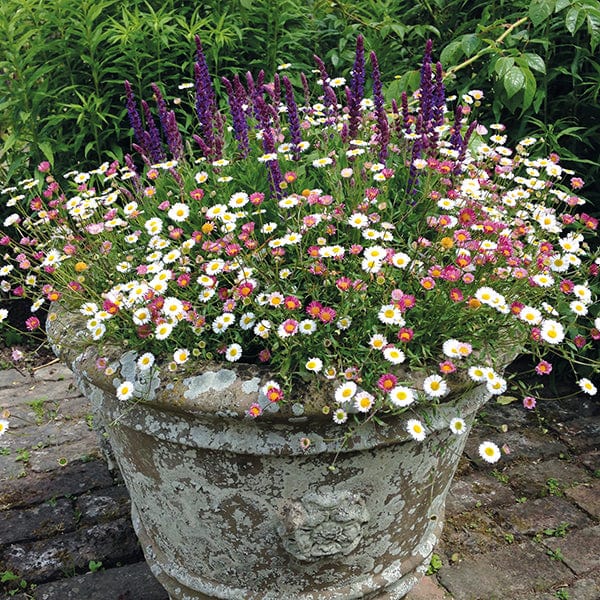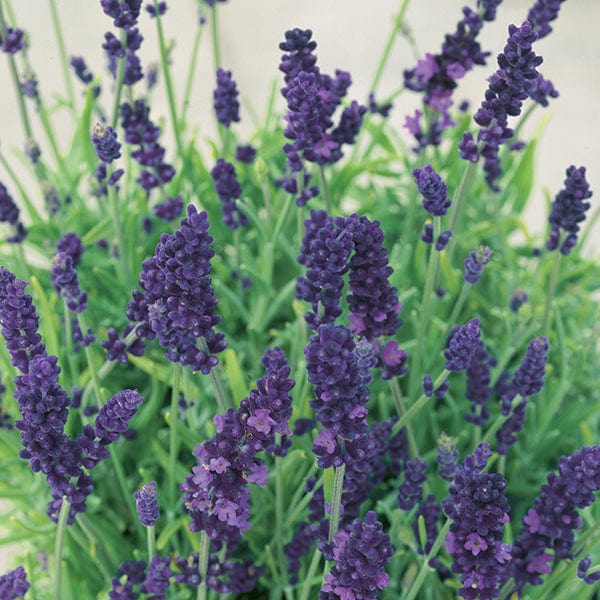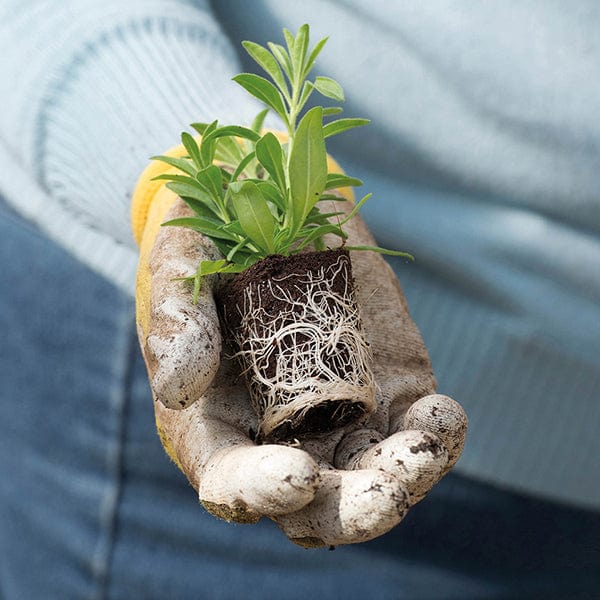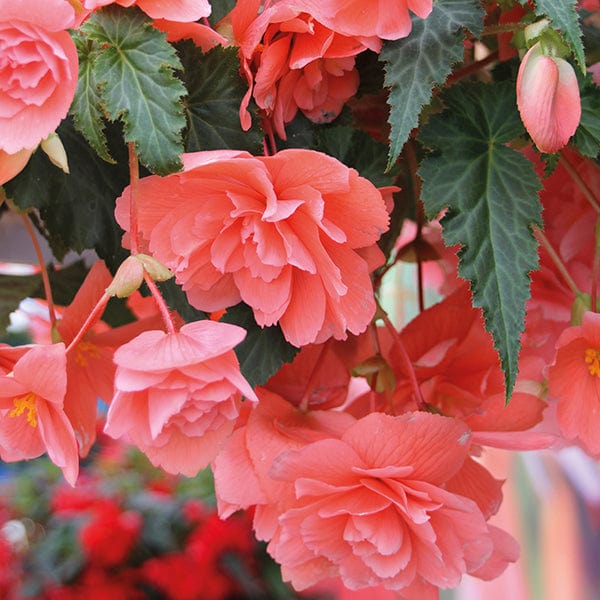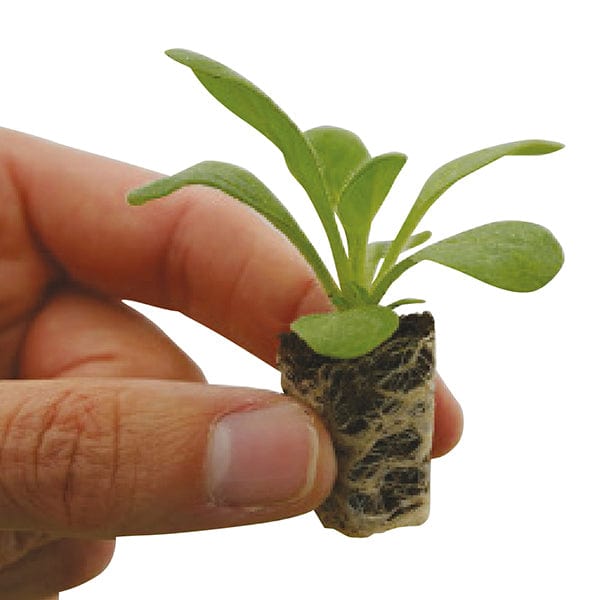Occasionally a courgette plant will produce extremely bitter, inedible fruit with high levels of cucurbitacin, which if they were to be eaten could make a person unwell.
Although rare, it can occur when a courgette plant is cross-pollinated by pollen from a wild or ornamental bitter gourd which naturally contains high levels of cucurbitacin to deter predators. This problem is only likely to occur with ‘open pollinated’ courgette varieties, where insect pollination produces crops in an open field environment. Although all possible precautions are taken to prevent cross-pollination, the arbitrary nature of this natural process means a small possibility remains.
A few cross-pollinated seeds could grow to produce plants that share the trait of the bitter gourd parent and it is this generation of plants which may then go on to produce fruit with high levels of cucurbitacin. These plants should be discarded as they will only produce inedible fruit.
The initial fruit from the cucurbitacin free, pure bred parent is still perfectly edible even if its seeds have been cross-fertilised. This means that all squashes and courgettes can be grown together without affecting the quality of their crops. However, because it is not possible to tell if the seed within a fruit has been cross-fertilised, it is best not to save these seeds for future plants.
We would always recommend using high quality, bought seeds, as commercial courgette growers will take all possible precautions to reduce the risk to an absolute minimum.
F1 hybrid varieties are pollinated in a controlled way and therefore their seeds are not at the same risk from accidental cross-pollination, although on rare occasions higher levels of cucurbitacin can be caused by a spontaneous mutation, as a response to injury or other external factors such as severe water stress.
Although exceptionally unusual in commercially available seeds, cross-pollination with bitter wild types was a phenomenon traditionally known to smallholders and kitchen gardeners who regularly saved seeds from harvested fruit. It was common practice for the first fruit from a plant to be checked by cutting a slice and touching it with the tip of the tongue. Fruit that is high in cucurbitacin is so very bitter it is instantly recognisable. The offending plant would then be removed and discarded. If the first fruit tastes fine, then the likelihood is that all other fruit from that plant will also be good.
Few gardeners these days save seeds from courgette harvests and the practice of the a ‘tongue tip taste test’ has become less well known, however it is easy to do and still good practice when harvesting the first fruit from a new plant.
